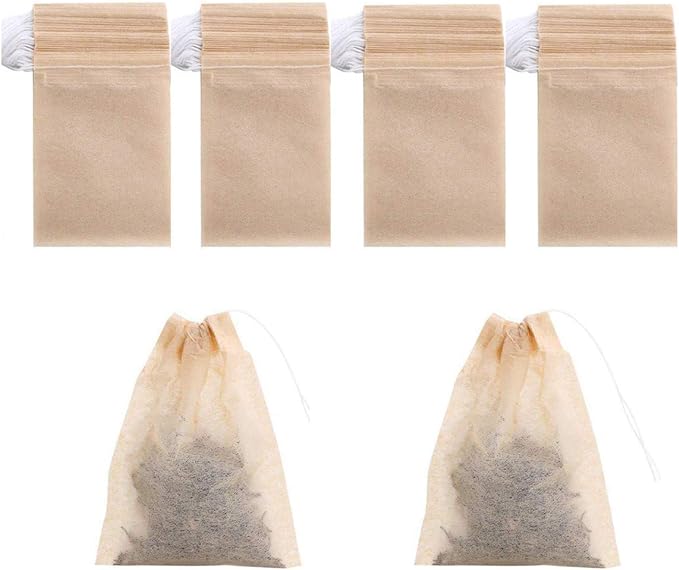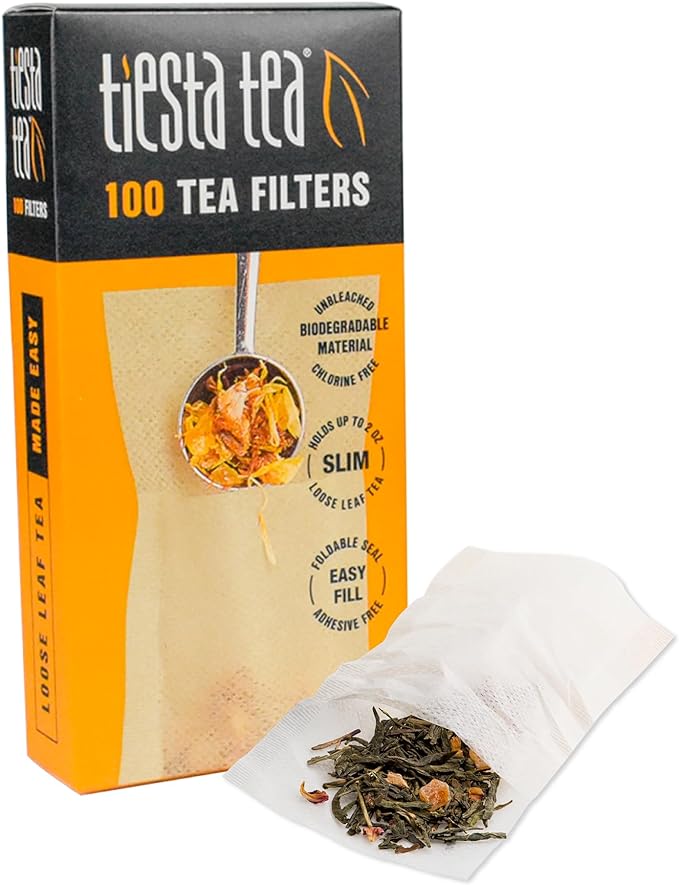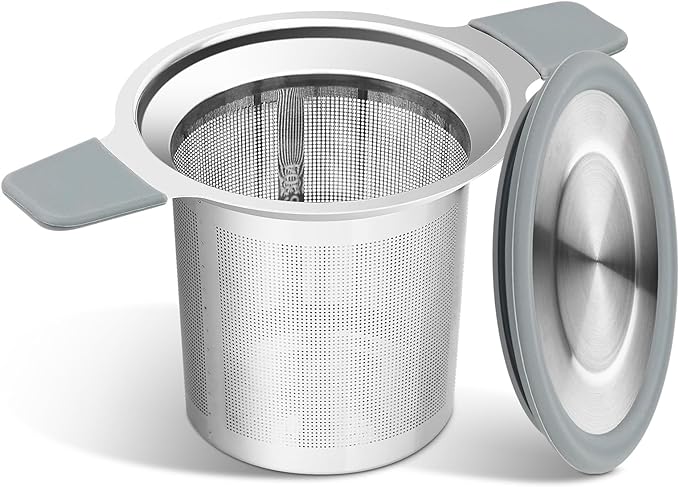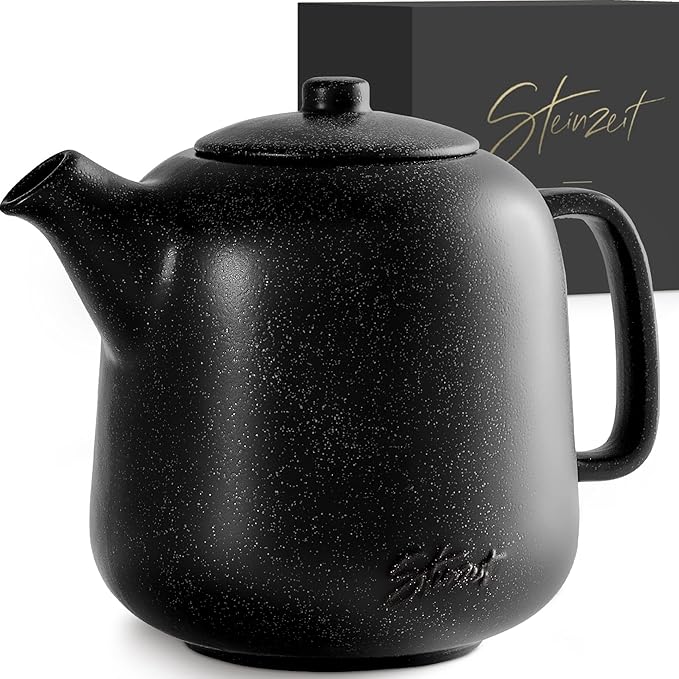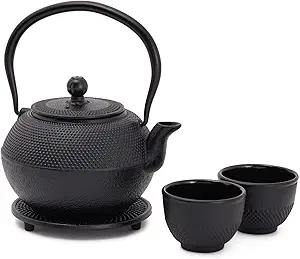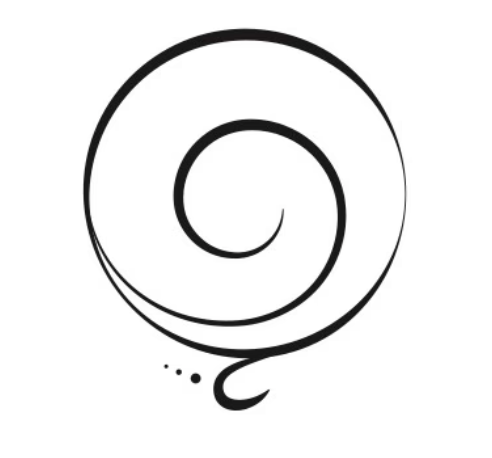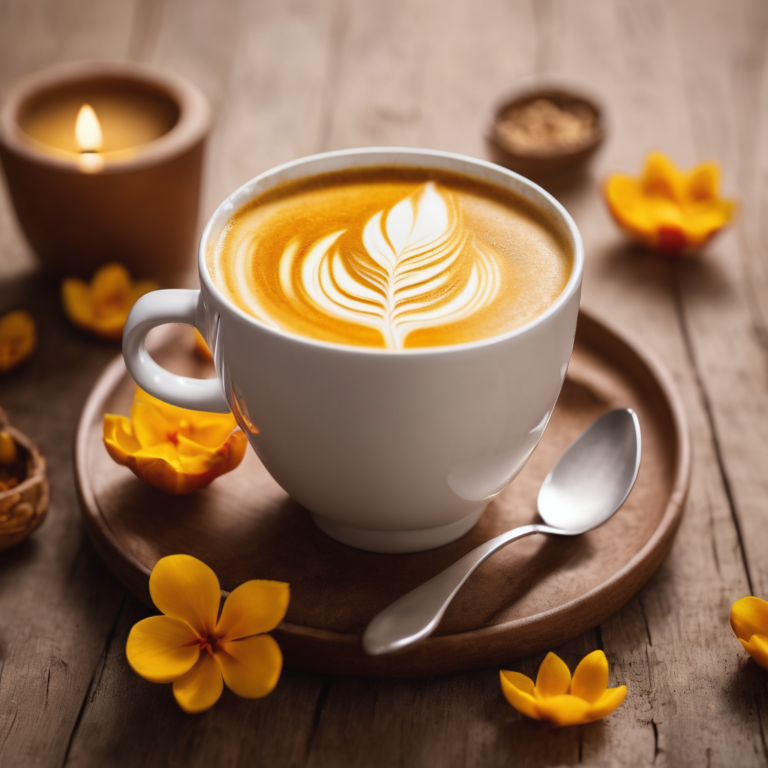Mastering the Art of Brewing Herbal Teas: Methods for Every Mood
Herbal teas have been cherished for centuries, not just for their soothing flavors but also for their wide array of health benefits. Whether you’re sipping on chamomile to unwind after a long day or enjoying a cup of peppermint to aid digestion, there’s something comforting about a warm, fragrant cup of herbal tea. But how you brew your tea can significantly impact its taste, potency, and overall experience. In this article, we’ll explore various methods of brewing herbal teas, so you can find the perfect technique for your daily ritual.
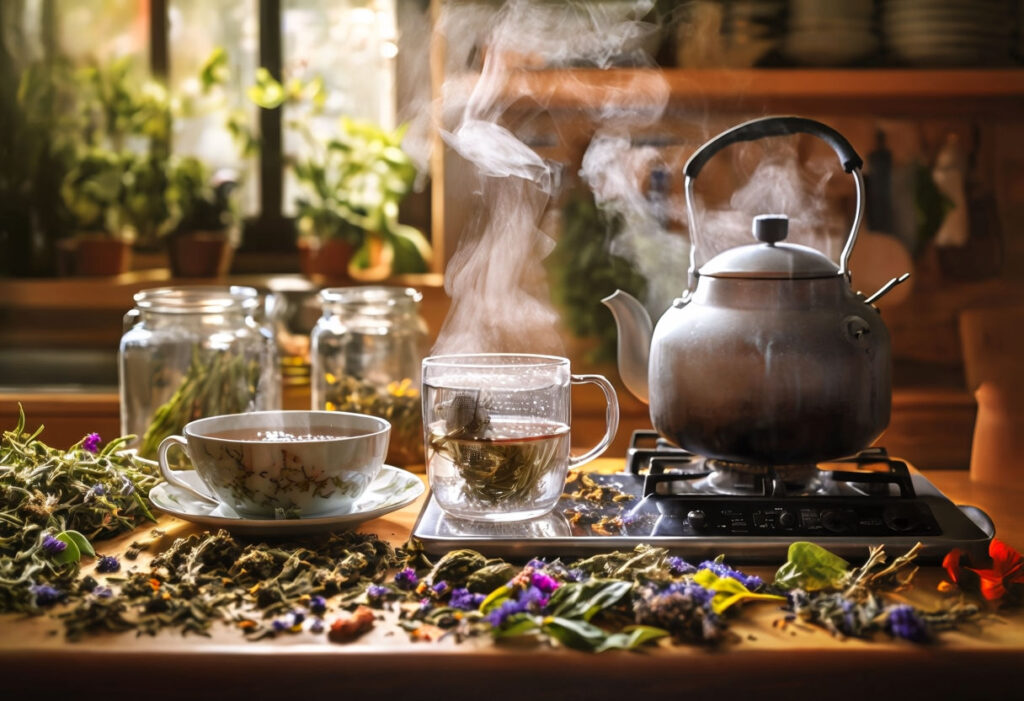
1. Traditional Tea Bags
Let’s start with the simplest and most common method: tea bags. Tea bags are convenient, quick, and easy to use, making them a go-to choice for many. They usually contain finely ground herbs, which allows for faster brewing. To brew, you simply place the tea bag in a cup, pour hot water over it, and let it steep for a few minutes. The average steeping time is around 5-7 minutes, but this can vary depending on the herb and how strong you like your tea.
Pros:
- Convenience: No need for extra tools or mess; just a cup and some hot water.
- Portability: Great for work, travel, or when you’re on the go.
- Consistency: Each cup will taste the same, as tea bags often contain a standardized amount of herbs.
Cons:
- Limited Flavor: Tea bags might not offer the full depth of flavor that loose-leaf teas provide.
- Quality: Some tea bags may contain lower-quality herbs or artificial flavors.
Best For: Quick, no-fuss tea time, especially when you’re in a rush or away from home.
2. Loose Leaf with an Infuser
For those who want to take their tea experience up a notch, loose-leaf tea with an infuser is a great option. Loose-leaf teas are typically made from whole or partially broken leaves, which allows for a richer, more nuanced flavor. To brew, place the desired amount of loose-leaf tea into an infuser, then submerge the infuser in hot water. Steep for about 5-10 minutes, depending on the herb and your taste preferences.
Pros:
- Superior Flavor: Loose leaves allow the herbs to expand fully, releasing more flavor and nutrients.
- Customization: You can control the strength of your tea by adjusting the amount of leaves and steeping time.
- Eco-Friendly: No disposable tea bags mean less waste.
Cons:
- More Time-Consuming: The process requires a bit more effort than using a tea bag.
- Cleanup: You’ll need to clean the infuser and dispose of the used leaves.
Best For: When you have a bit more time to enjoy the full flavor of your herbal tea.
3. French Press
A French press, commonly used for coffee, is also a fantastic tool for brewing herbal teas. It’s especially useful when making tea for multiple people or when you want to brew a large quantity at once. To use, simply add your loose-leaf herbs to the French press, pour in hot water, and let it steep. Once the tea is ready, press down the plunger to separate the leaves from the liquid, then pour the tea into your cup.
Pros:
- Larger Quantities: Brew several cups at once, making it great for gatherings.
- Easy Straining: The built-in plunger effectively separates the herbs from the tea.
- Versatility: You can experiment with blends and strengths more easily.
Cons:
- Potential Bitterness: If you leave the tea in the press too long, it may become over-extracted and bitter.
- Cleanup: The French press can be a bit tricky to clean, especially with small herbs.
Best For: Brewing herbal teas for multiple servings or when you want a strong, rich brew
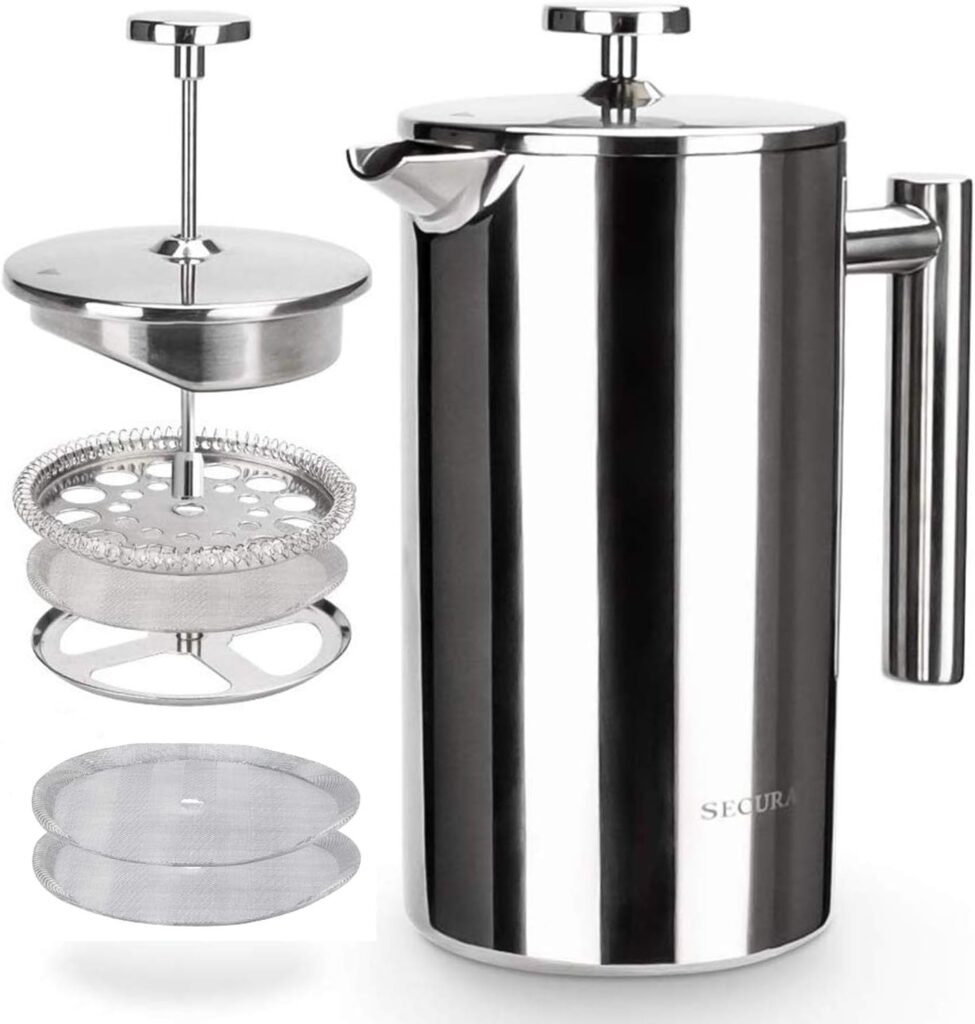
4. Tea Pods
Tea pods are the herbal tea equivalent of coffee pods, offering a modern and convenient brewing method. Tea pods are pre-packaged servings of tea that are placed in a compatible pod machine. The machine then forces hot water through the pod, brewing the tea quickly and efficiently.
Pros:
- Convenience: Extremely easy and fast, with minimal effort required.
- Consistency: Each pod is pre-measured, ensuring a consistent brew every time.
- Variety: Some brands offer a wide range of flavors and blends.
Cons:
- Limited Control: You can’t adjust the strength or steeping time as easily as with other methods.
- Environmental Impact: Single-use pods create more waste, though some brands offer recyclable options.
Best For: Quick and convenient brewing, particularly for those who already own a pod machine.
5. Stovetop Brewing
Stovetop brewing is a traditional method that’s perfect for making larger quantities of tea or for herbs that benefit from a longer steeping time, such as roots and barks. To brew on the stovetop, place your herbs in a pot with water and bring it to a gentle boil. Once boiling, reduce the heat and let it simmer for 15-20 minutes (or longer, depending on the herb). After brewing, strain the tea into a cup or teapot.
Pros:
- Full Extraction: The extended brewing time allows for maximum flavor and nutrient extraction.
- Versatility: You can brew large batches and experiment with adding spices or sweeteners.
- Enhanced Aroma: The simmering process fills your kitchen with the fragrant scent of the herbs.
Cons:
- Time-Consuming: This method requires more time and attention compared to others.
- Not Ideal for Delicate Herbs: The high heat may damage some delicate herbs or flowers.
Best For: When you want a rich, strong brew or when using tougher herbs that need more time to release their benefits.
6. Cold Brew
Cold brewing is a unique method that involves steeping herbs in cold water over a long period, usually 8-12 hours. This method results in a smooth, mellow tea that’s perfect for warmer days or for herbs that might become bitter with hot water.
To cold brew, simply place your herbs in a jar or pitcher, fill with cold water, and let it sit in the refrigerator overnight. In the morning, strain the herbs and enjoy your tea cold or over ice.
Pros:
- Smooth Flavor: Cold brewing extracts flavors slowly, resulting in a less bitter, more mellow tea.
- Easy to Make: Just set it up and let it steep overnight with no need to monitor the process.
- Refreshing: Perfect for warm weather or when you want a cool, soothing beverage.
Cons:
- Time-Intensive: It requires advance planning since it takes several hours to brew.
- Less Potent: Cold brewing might not extract as many nutrients as hot brewing.
Best For: A refreshing, mellow tea that’s easy to make ahead of time.
Brewing herbal tea is an art that offers endless possibilities, whether you prefer the convenience of tea bags or the richness of stovetop brewing. Each method has its own unique advantages, so feel free to experiment and find what suits your lifestyle and taste preferences best.
Now, I’d love to hear from you! How do you like to brew your herbal teas? Have you tried any of these methods, or do you have your own special technique? Share your thoughts and tips in the comments, or connect with me directly. Let’s keep the conversation brewing!
Anastasia Holistic Sage🌿
Just a heads-up – some of the links you find in my content are Amazon affiliate links, which means I might earn a small commission if you make a purchase through them.
No worries, though! It doesn’t cost you anything extra, and it helps me keep this holistic corner of the internet running. I only recommend products I genuinely believe in and think you might love too.
Your support means the world, and I appreciate each and every one of you! If you have any questions about this, feel free to drop me a message.

